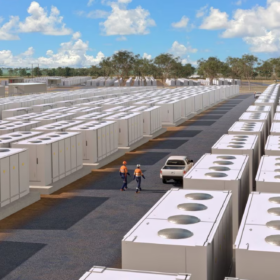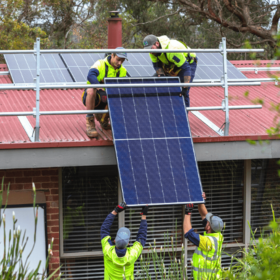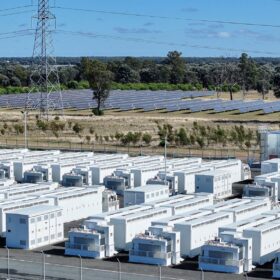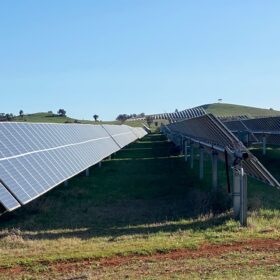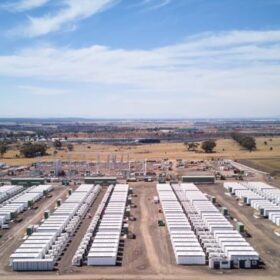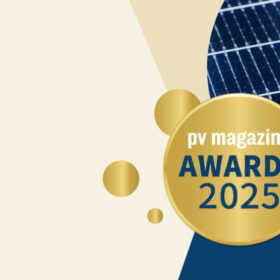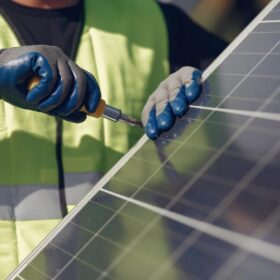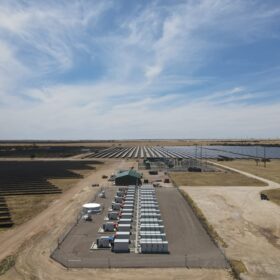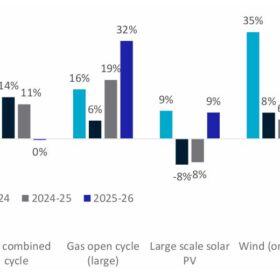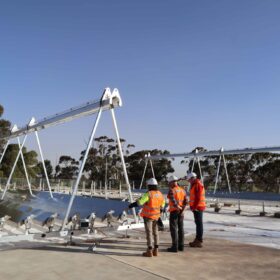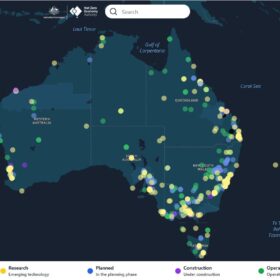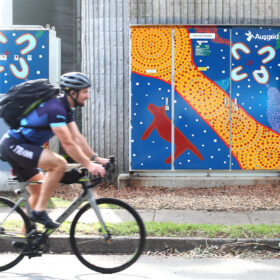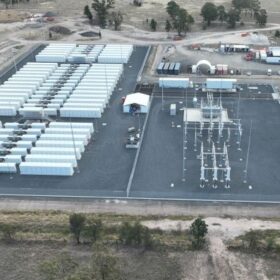Singapore energy giant Sembcorp buys Alinta Energy for $6.5 billion
Sydney-based energy gentailer Alinta Energy has been purchased from owner, Hong Kong conglomerate Chow Tai Fook Enterprises by Singaporean energy company Sembcorp Industries for $6.5 billion.
Household solar electricity generation in the Australian national accounts
The Australian electricity industry has transformed over the past two decades, driven by the rise of household solar and other renewable energy sources. Since 2010, supported by government incentives and improving technology, rooftop solar installations have surged.
Neoen begins building 1.22 GWh third stage of Queensland’s ‘biggest battery’
Neoen Australia has pressed go on construction of the 305 MW / 1,220 MWh next stage of its Western Downs battery energy storage system in Queensland and backed that by signing two new virtual battery contracts for a combined 250 MWh.
Enerflow plans 1.2 GWh vanadium flow battery project for Australia
China’s Enerflow will partner with Perth-based firm Jenmi Investments to jointly develop a 350 MW / 1,200 MWh long-duration storage project, marking a major step for vanadium flow battery technology in the Australian grid.
Renewables on rise as AEMO lays out roadmap for energy transition
A draft blueprint for Australia’s energy market calls for 120 GW of grid-scale solar and wind, 87 GW of rooftop PV, 55 GW of dispatchable storage and 6,000 kilometres of new transmission infrastructure by 2050 to replace retiring coal plants, meet a near doubling of electricity demand, and deliver on government emissions and renewable energy targets.
Equis launches 1.6 GWh renewable energy hub
One of Australia’s biggest battery energy storage projects has powered up with renewables developer Equis Australia confirming that the 600 MW / 1.6 GWh Melbourne Renewable Energy Hub in Victoria is now fully operational.
pv magazine Awards 2025 winners revealed
Excellence was on display across all eight categories in the pv magazine Awards 2025 with plenty of innovation in both established and new market segments. From world-firsts to second-life solutions, this year’s winners brought cutting edge solutions to challenges facing solar and storage. The time has come to reveal the winners and highly commended finalists…
Distributed PV employment globally outpaces utility-scale solar, says IEA
The latest edition of the International Energy Agency’s (IEA) World Energy Employment report found employment in the PV sector surpassed 5 million in 2024, with distributed solar accounting for two-thirds of all solar employment globally, despite representing only 43% of installed capacity.
Vena building new battery as part of solar and storage precinct
Singapore-based renewables developer Vena Energy has broken ground on a 408 MWh battery energy storage system that is being built alongside an existing 182 MW of solar generation and a 41.5 MWh battery at Tailem Bend in South Australia.
Japan launches call for road-surface solar technologies
Japan’s Ministry of Land, Infrastructure, Transport and Tourism has started accepting submissions for new road-surface PV technologies, with field verification planned in pedestrian areas at roadside stations to test performance and electricity use ahead of societal implementation.
